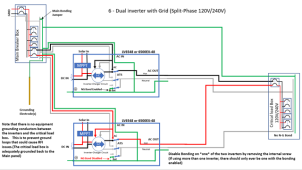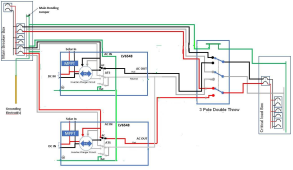Yes
Are you saying across the floor or along the baseboard? Across the floor would be a trip hazard and might violate some of the pannel access requirements. I don't know of anything that would prevent you from going along the baseboard.
I don't see a problem with it, but when running more than 2 conducting wires through a conduit, there are some degrading rules on the wire (the wire is supposed to be larger). (Note that the ground wire is not conducting). Every time I run into it I have to go look it up to figure out how to do the derating.
You would need to look up a conduit fill chart.





